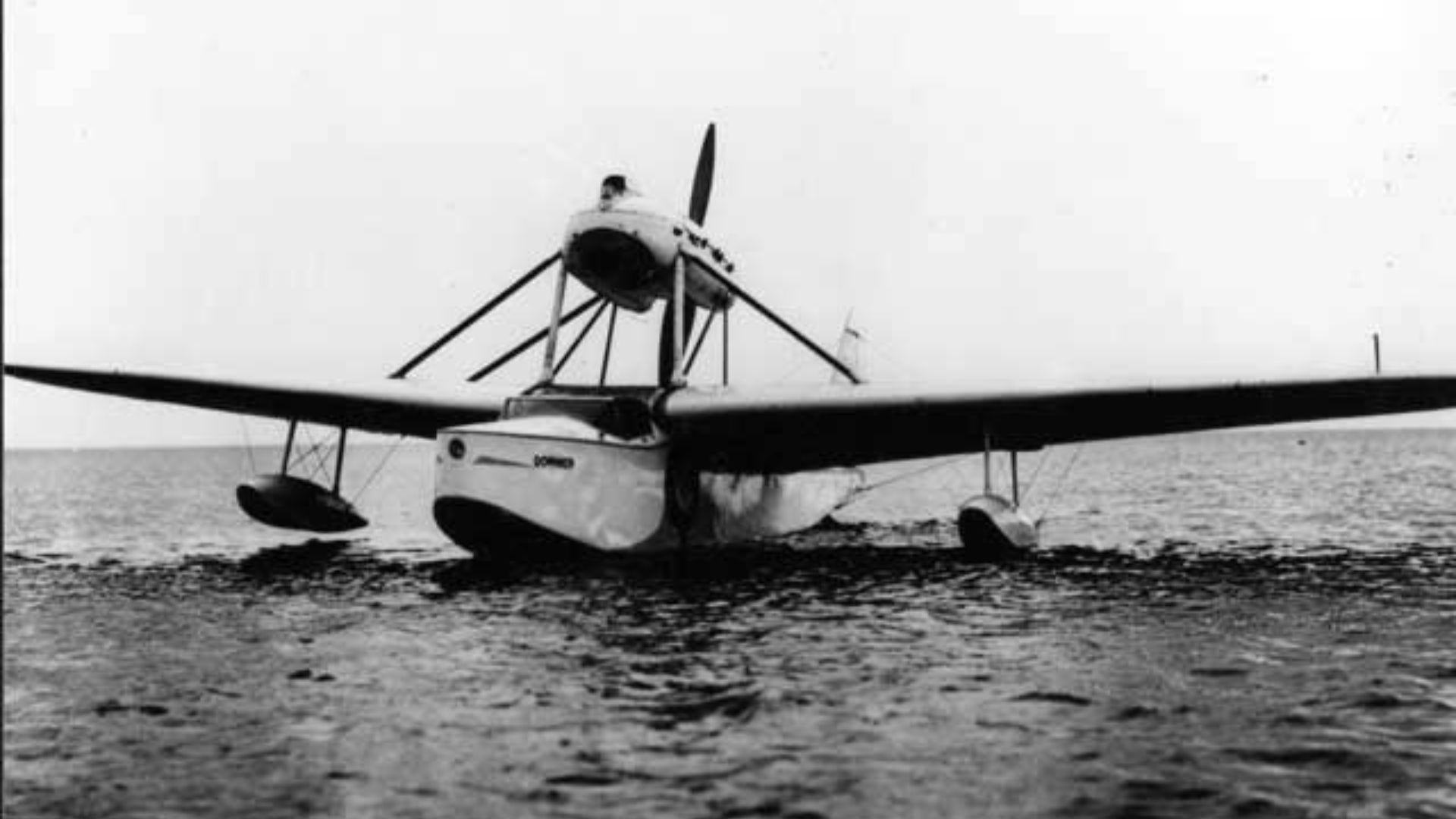
The Dornier Do 12, also referred to as Dornier Libelle III, was a single-engine high-wing amphibious aircraft developed by the German company Dornier-Metallbauten GmbH in the early thirties.
Made from a single specimen and intended for the market of ‘general aviation, while having some affinities with earlier Do A Libelle Libelle I and II of the twenties was a model almost completely redesigned.
History of the project
The Do 12 (Wnr. 235) was flown for the first time June 23, 1932 equipped with an Argus As 10 engine, an eight-cylinder inverted V 90 º and air-cooled capable of delivering a power of 220 hp ( 162 kW). However, already in the course of the test it was evident that the motorization resulted underpowered compared to the needs of the middle plane stretching, inter alia, the distance to cover necessary to perform the takeoff. This despite the financial difficulties besetting the company at that time did not allow the adoption of a more powerful engine, a radial Gnome-Rhône Titan 5 Ke 300 hp (221 kW), which after some time.
Technique
The Do 12 was an amphibious aircraft, or a seaplane which incorporated a landing gear in order to better operate within the seaplane ramps and, if necessary, from normal airfields. The setting was classic for its time, the central hull with floating single-engine high-wing monoplane balancers.
The hull, rectangular cross-section, was made entirely of metal and appeared on the front, the height of the wing leading edge, the cabin where were located the pilot and copilot / passenger, two seats side by side on the front with double comsndi optional, and the rear two seats for passengers and a compartment for luggage. Another trunk was obtained in the nose. Rear ended in a traditional mono fin drift.
L wing, positioned high on the hull, presented a trapezoidal radiused on the wingtips and equipped with two ailerons, also incorporated the two floats connected by a pair of tubular uprights to the lower part.
The landing gear was bicycle, with the two front fully retractable into the hull and integrated rear support from a shoe.
The propulsion was entrusted to an engine in the pushing configuration, housed in a nacelle positioned above the hull and joined to it via a tubular castle, combined with a ‘two-bladed propeller. The initial Argus As 10, an eight-cylinder inverted V 90 º and air-cooled capable of delivering a power of 220 hp (162 kW), was later replaced by a radial Gnome-Rhône Titan 5 Ke 300 hp (221 kW).
Operational use
Father Paul Schulte, a missionary, founder of the International Association MIVA (“Missionary International Vehicular Association”) and known at home with the nickname “Der fliegende Pater” or abroad as the “Flying Priest”, translated The priest wheel, used for many years, his Sun 12
registered D-INEZ and nicknamed Das fliegende Kreuz (cross wheel), citing several times in the books written by him.
With the permission of MIVA, November 12, 1936 the Do 12 was used as a tow plane for the inaugural flight of the ‘hydro Seeadler DFS glider piloted by the famous German aviatrix Hanna Reitsch.
Versions
Do 12motorized version with a Gnome-Rhône Titan 5 Ke 300 PS. Do 12 Amotorized version with an Argus As 10 of 220 PS.
German civil aircraft
